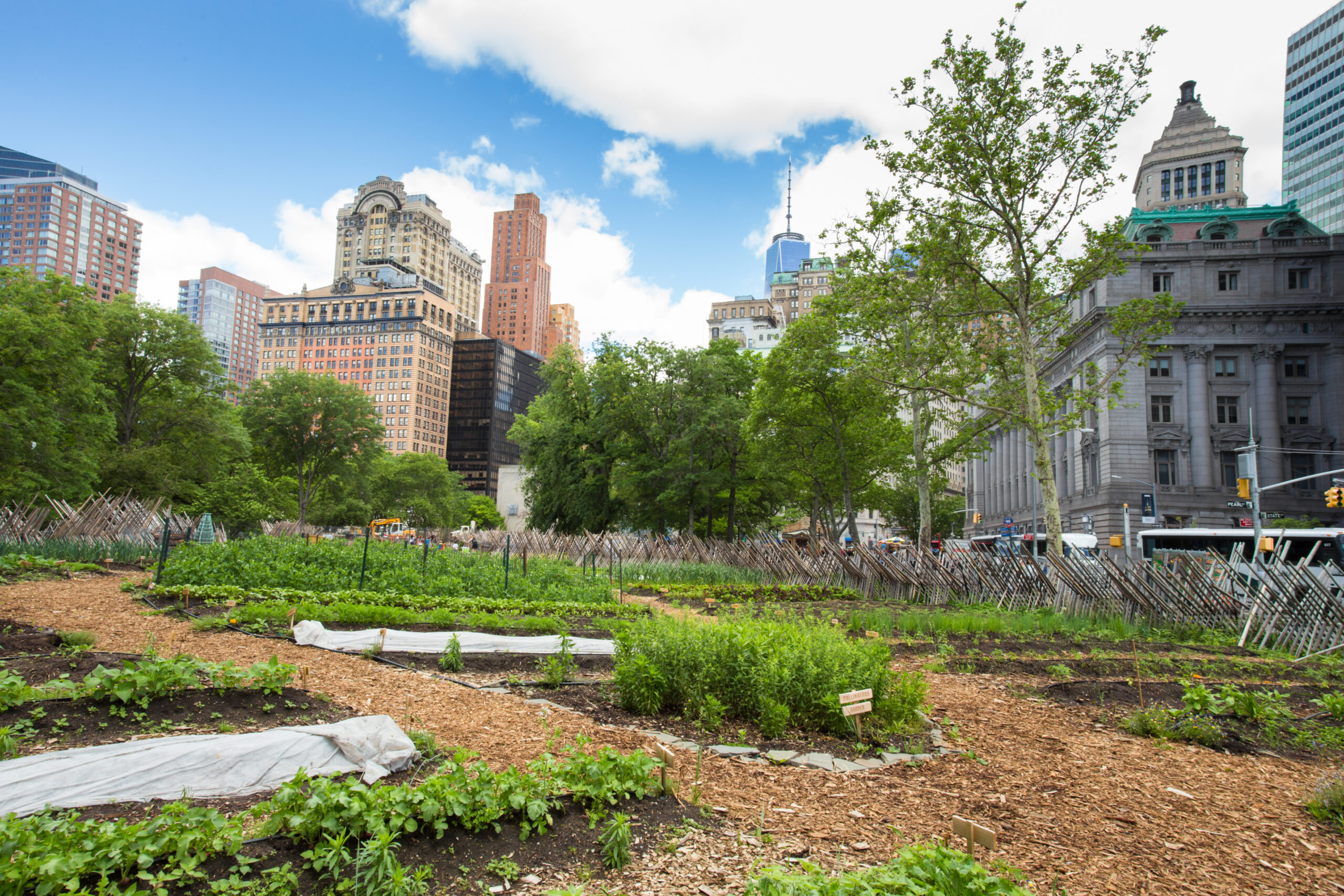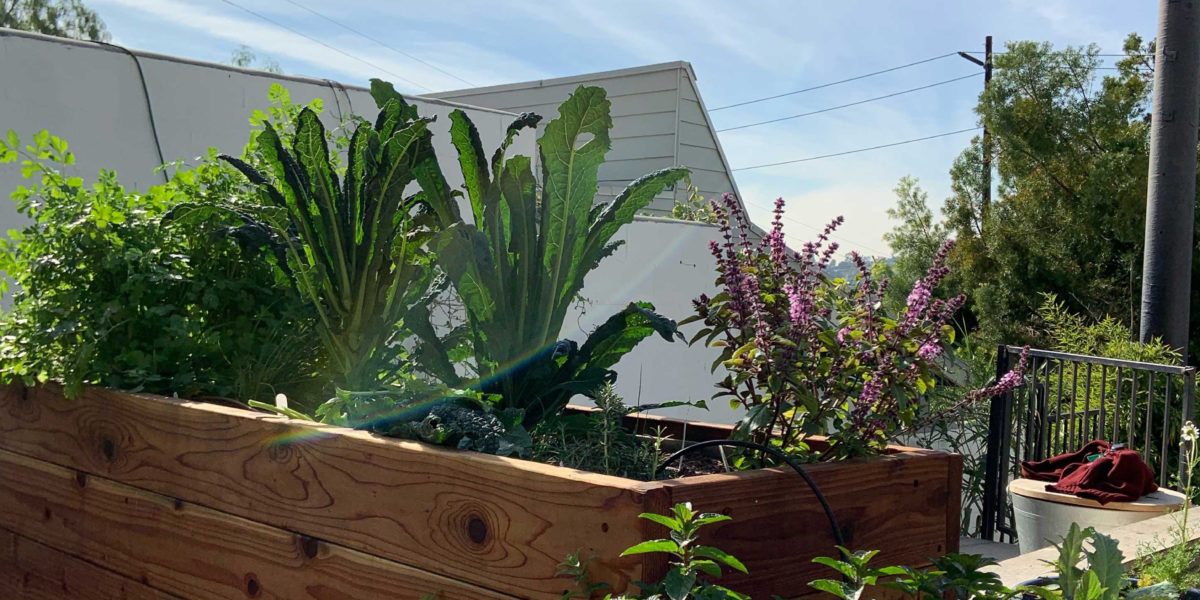The Ultimate Guide To City Blooming
Table of ContentsGet This Report on City BloomingFascination About City BloomingThe Buzz on City BloomingNot known Details About City Blooming About City Blooming
Intrigued in expanding food up for sale in the City of Chicago? Considering starting an area garden? Adjustments to the Chicago Zoning Statute allow farming uses like neighborhood gardens and urban farms in several parts of the city. Below is a checklist of often asked inquiries concerning the guidelines and regulations that farmers need to consider when preparing an urban agriculture task.
The zoning modification does not customize any kind of various other codes handling composting, structure permits, buying or leasing City had home, company licenses or environmental contamination. There are existing codes that regulate these concerns and they remain in complete result and may apply to your job. Neighborhood yards are typically possessed or taken care of by public entities, civic organizations or community-based companies and preserved by volunteers.
Urban ranches expand food that is meant to be marketed, either on a nonprofit or for-profit basis. Due to their business objective, metropolitan ranches require a business permit.
The Definitive Guide to City Blooming
The amount of garden compost product can not exceed 25 cubic lawns at any kind of given time according to the requirements in 7-28-715 of the City's Municipal Code. Due to the fact that the soil at most brand-new yard sites requires modifying, compost, soil, wood chips, or other materials can be acquired to create or improve the growing area.

If a structure permit is required then the hoophouse will certainly be thought about an accessory structure. You can learn more regarding the structure permit needs by getting in touch with the Division of Structures. The 25,000-square-foot dimension limit is meant to avoid a solitary community yard from dominating a given block or interfering with the block's existing property or commercial character.
The limit does not use to gardens situated in Public Open Area (POS) districts. Can there be more than one area yard that is 25,000 square feet on a single block? Fence is not needed, nonetheless, yards that have big car parking locations might be required to mount secure fencing or various other landscape design features.
Things about City Blooming
B1 & B2 districts need that all industrial usage activities be carried out indoors. Is secure fencing required for urban ranches? Fencings might be required, along with landscape design and screening, for particular parking locations and exterior job or storage areas depending on location and the specific activity taking place.
Urban ranches call for building licenses and zoning approvals prior to building and construction (sustainable gardening). Other forms of city evaluation may be needed depending on certain frameworks, activities, size, landscaping, licensing, public heath and stormwater administration issues.
The Department of Company Affairs and Consumer Protection can aid establish the certain kind of organization certificate that's called for. Off road vehicle parking is needed for a lot of industrial projects in Chicago. The called for number of parking areas is based on the number of employees working on website and not the square video footage of the growing space.
About City Blooming

An urban farm can market garden compost material generated on website, nonetheless, the procedure has to abide with the regulations in 7-28-715 of the Chicago Municipal Code. Aquaponic systems are allowed inside on metropolitan farms in lots of zoning areas.
Up to 5 Home Page hives or swarms of honey bees may be maintained as an accessory usage. Nevertheless, beekeepers should sign up with the Illinois Division of Agriculture. To learn more concerning the recommended zoning modification you may call the Department of Housing and Economic Development, Bureau of Planning and Zoning at 312.744.8563.
Farming in cities and city areas A metropolitan ranch in Chicago. Urban farming refers to numerous practices of growing. http://peterjackson.mee.nu/where_i_work#c2252, handling, and distributing food in metropolitan locations. The term also applies to the location tasks of animal husbandry, tank farming, beekeeping, and gardening in a metropolitan context. Urban agriculture is identified from peri-urban agriculture, which happens in backwoods beside residential areas.
Top Guidelines Of City Blooming
, that seek to develop social networks founded on a shared principles of nature and area holism. These networks can create by way of formal institutional assistance, coming to be integrated right into regional town preparation as a "transition community" motion for lasting metropolitan development.
Some of the first evidence of city farming comes from Mesopotamia.